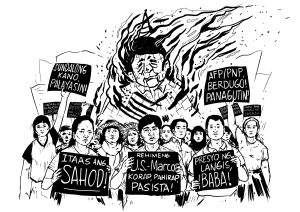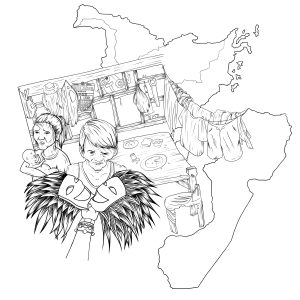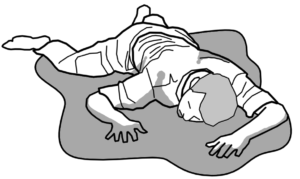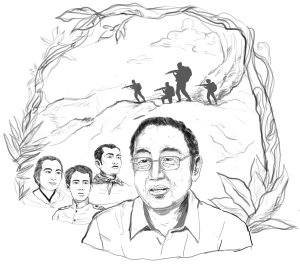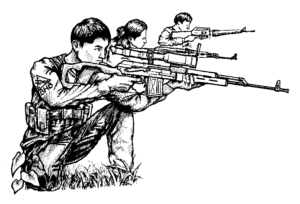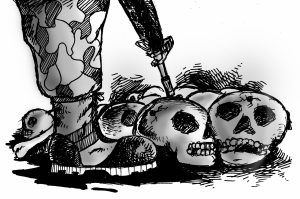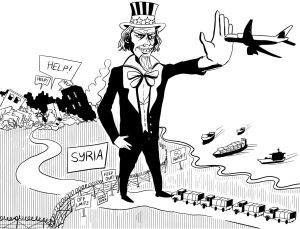Correspondence 75 batches of youth complete BPC

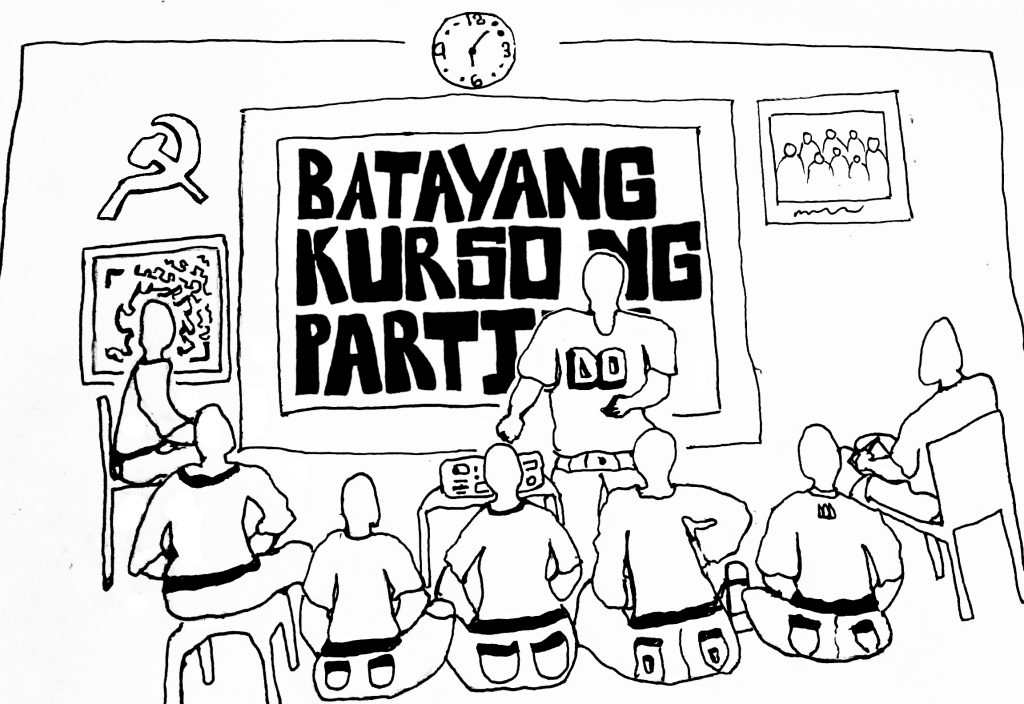
More than a hundred years since Lenin wrote the words “Without revolutionary theory, there can be no revolutionary movement,” youth cadres and members of the Party continue to perseveringly study and apply Marxism-Leninism-Maoism. They firmly wield the revolutionary theory as a weapon especially during the most challenging times.
In the history of the youth movement, the scourge of modern revisionism, the attacks of the fascist dictatorship, and the neoliberal onslaught did not deter youth cadres from wielding revolutionary theory and sharpening it through revolutionary practice. That is why the pandemic and the militarist lockdown did not prevent the youth from studying.
Proof of this are the 75 batches of Basic Party Course (BPC) among the youth in Metro Manila during the pandemic. Hundreds completed the course and were galvanized by the Party’s basic principles and stand. They are part of the next generation of cadres who will lead the Party in the future.
A batch was conducted to allow Party members coming from the petty bourgeoisie who were aroused and mobilized during the lockdown to complete the BPC. Most were students, a few stopped schooling due to the difficulties caused by the blended learning, while some were already working.
According to Ka Allie, the deputy secretary for education of the Party unit who conducted the BPC, the study aimed to “steel the Party members’ ideology, train new cadres, and achieve thorough consolidation of comrades.” Before the BPC was held, Ka Allie’s unit implemented a program for continuing study within their collective. Their study covered the basic principles of the Party, discipline and rules of the New People’s Army, and the different aspects of the people’s democratic revolution.
Before the study began, Ka Budang, one of the students, confided not knowing what to expect from the BPC. Ka Clem, another student, was afraid of not fully understanding the contents of the long study. Ka Dex meanwhile expressed intentions of learning the history of the Party, the people’s army and the united front, and deepen understanding of imperialism.
Even though the students came from different backgrounds and had various expectations, the BPC discussion became lively as students and instructors learned from one another. Their drive to learn and desire to improve their contribution to the revolution heightened. Ka Budang related how they were so agitated, they rose from their seats and raised their voices, when they learned and computed the rate of exploitation.
For Ka Allie, the continuing education of Party members was key to the successful completion of the BPC. “This is very importatnt in clarifying the tasks of every individual, in being comradely, and looking back at the revolution’s significance,” he/she said.
Students review lessons of the BPC days and weeks after the study. They carry with them the lessons they learned. They used them as guide when integrating with the basic masses, in arousing others, in holding more discussions, and in doing away and correcting their bourgeois and petty bourgeois weaknesses.
Ka Budang realized that it’s never correct nor enough for a petty bourgeois to save only oneself from the violence of the semicolonial and semifeudal society. Thus, at the end of the BPC, Ka Budang posed the question: “What use is dreaming for material wealth if you continue to live in an exploitative society that has no justice? What use is comfort when it means closing your eyes to corruption, poverty, and exploitation?”
After completing the BPC, the students’ determination to continue fighting was steeled. “The BPC really helped me. In truth, it was one of the reasons why I decided to work full time for the revolution,” Ka Budang said.

